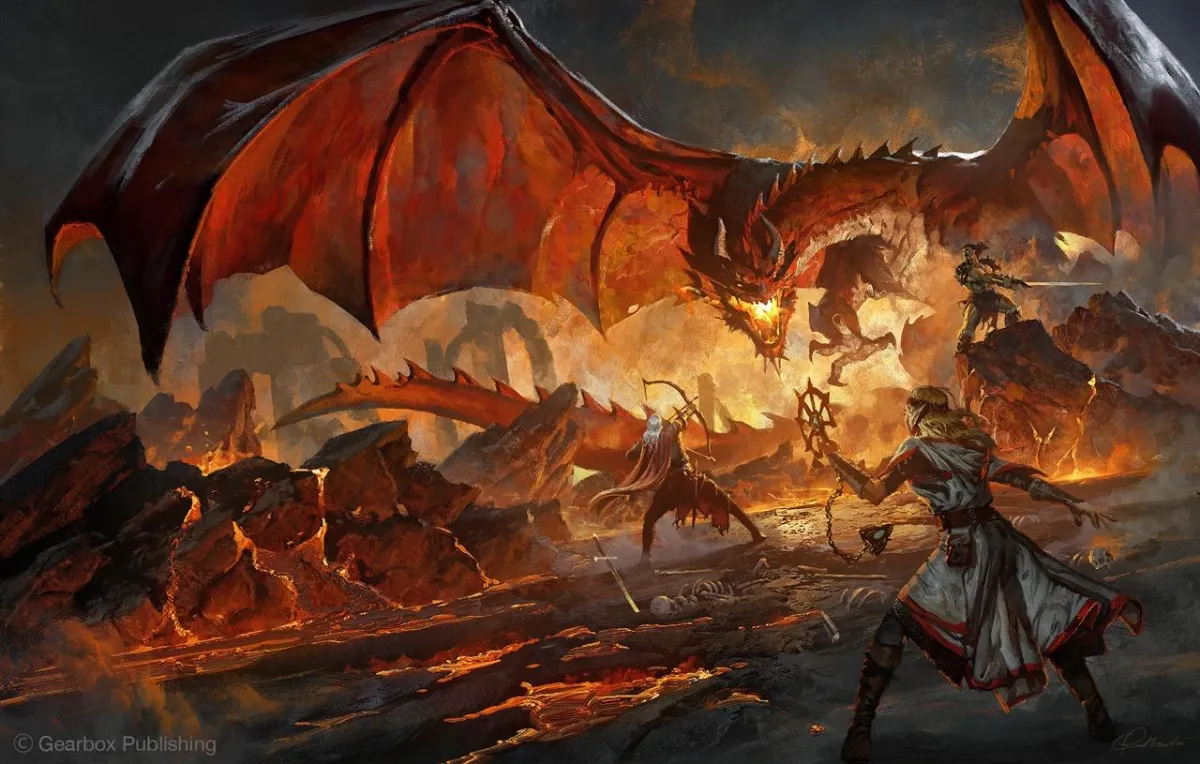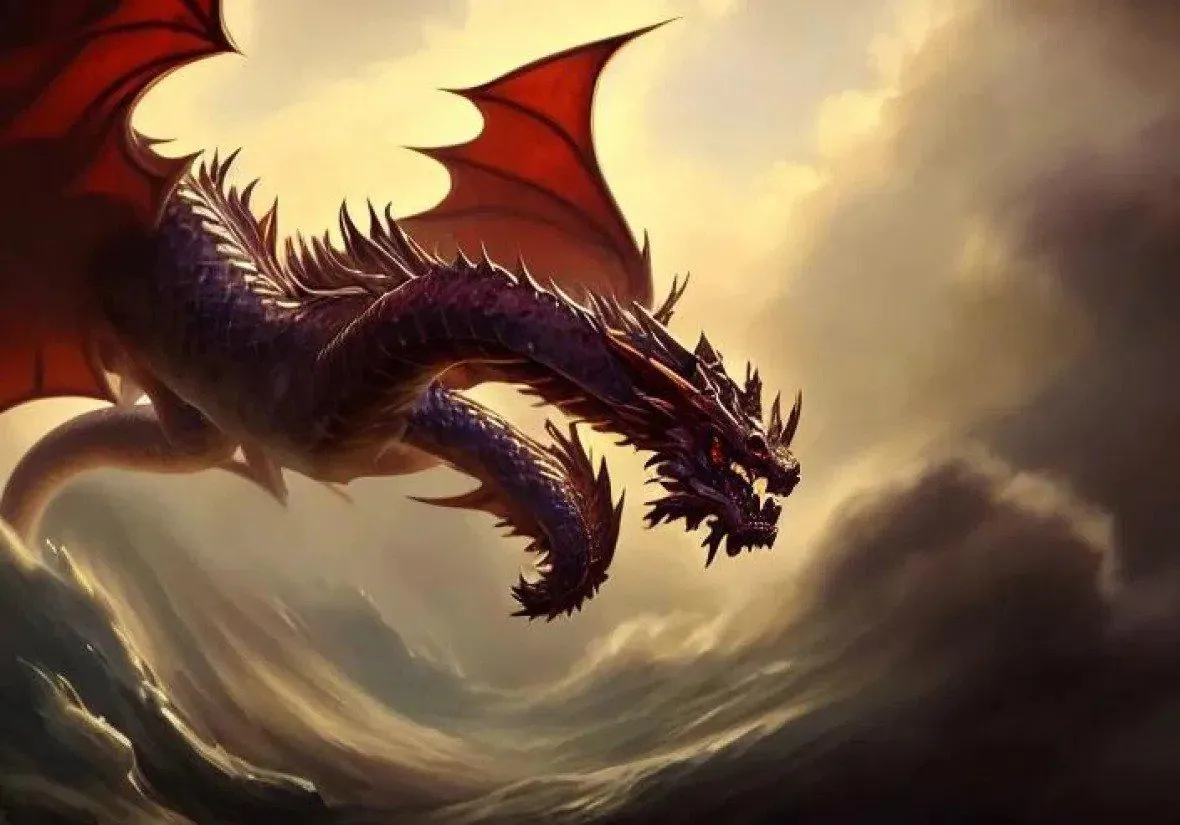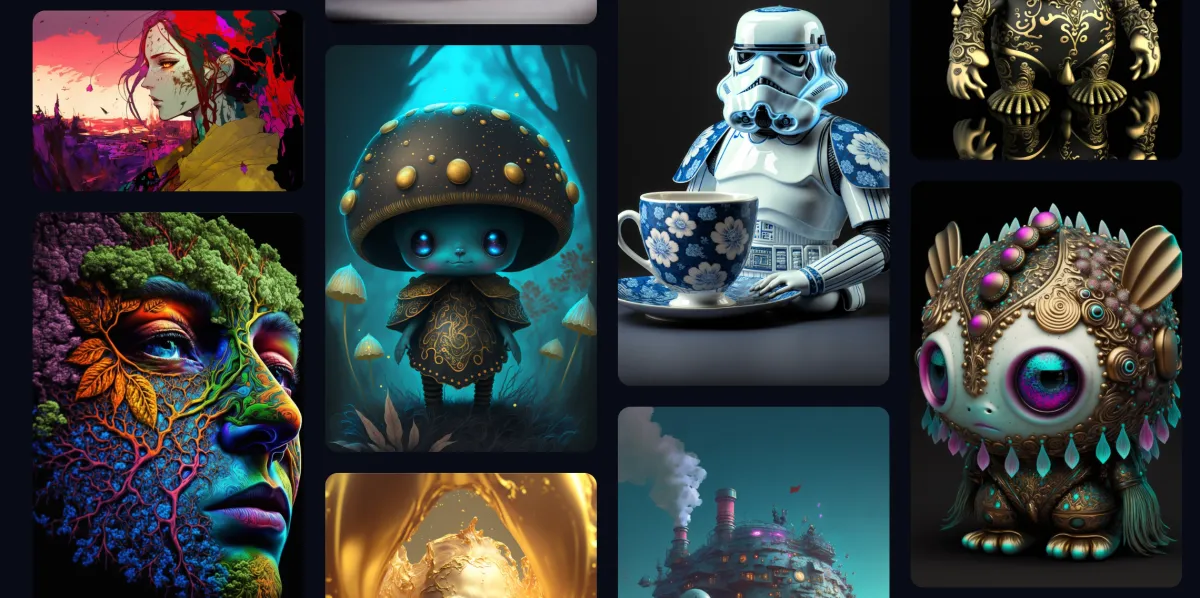Your Information Has Been Submitted
You will be contacted by a representative if your information is a good fit for this investigation. Thank you for your interest.
Artificial Intelligence Image Models Illegally Using Art without Permission in their Datasets
The Issue
The rise in popularity of AI image generators has also caused a need of images to train the AI on how to generate images. Many of the images being used in these training datasets are used without permission from the artists to train AI to create art in their personal styles.
Image-generating AI models like DALL-E 2 and Stable Diffusion can — and do — replicate aspects of images from their training data, researchers show in a new study, raising concerns as these services enter wide commercial use.
These open-source programs are built by scraping images from the internet, often without permission and proper attribution to artists. As a result, they are raising tricky questions about ethics and copyright. And artists like Greg Rutkowski have had enough.
Rutkowski is a very popular name in digital art and has recently become one of the highest used artist keywords used as a prompt for AI generated images.
His works take hours of dedicated work to create in addition to the years of practice and training that he has spent to perfect his craft. But now, in a few seconds a computer can copy his style just by entering a few words and his name into a computer prompt.

Neverwinter Dragonslayer by Greg Rutkowski

This is an AI generated image that used the name Greg Rutkowski as a prompt.
(Stable Diffusion/Lexica)
"I was terrified that it was being made so quickly, and with really better results over time," Rutkowski told
"As It Happens" host Nil Köksal.
These AI models have to be trained with vast amounts of data, including images that are copyrighted or watermarked without the permission of their original creators. As a result, these artists do not receive any financial compensation for the use of their work. Rutkowski explains that this is blatant stealing of the hard work from the artists which will inevitably cut into their livelihood as their work can be recreated via AI modeling more quickly and cheaper.
We are working with artists to help identify if their art is being used to train these AI Image Generators.
We're on the edge of a slippery slope and if we are going to preserve the rights of artists, we need to take action now.
If you are an artist with public work, we ask that you take our survey and provide some URLs of your art that we can search to see if it's being used to train AI Image Modeling tools.
We are working with attorneys in copywrite and intellectual property to determine if compensation can be retrieved for artists whose work is being blatantly used without permission. Please step up to stand for the rights of artists now and into the future that will be affected by these AI systems.
Take Action
Please share our efforts with your artist contacts who may also be affected by this issue.
The AI is capable of producing fantastic, vibrant art. It looks incredibly creative and unique, but we have to remember that the AI is pulling it's creativity from the backs of human artwork who have put hours of work into their craft.
Let's work together to make sure that the artists are being fairly compensated for their talent and dedication.

Class Action FAQ:
Q1: Will this cost me any money?
A1: No. We, the attorneys, taking on these cases are doing so on a contingency-fee basis.
This means that we take on all the time and expense of fighting this case for you, and we get paid a percentage (typically 1/3) if we win.
Q2: What do I gain from signing up for this case?
A2: The goal of this case is to hold AI image models accountable for using copyrighted work without artists’ permission. If we win, we’ll hopefully be able to change the way AI image models are able to use artists’ work without payment or credit to the artists.
We’ll also work to provide compensation for you as artists to get paid for your artwork used by these image models.
The DMCA provides statutory damages of at minimum $2,500 per violation. AI image models that generate images that violate the copyrights of artists are subject to statutory penalties per AI image created. Therefore, AI image models have likely violated the DMCA millions of times, resulting in billions of dollars in statutory penalties.
For example, Rutkowski, the artist whose images are shown above, has had his name used to generate around 93,000 AI images on one image generator alone (stable diffusion).
Copyright 2026 www.StopConsumerHarm.com All Rights Reserved - Terms & Conditions
The information on this website constitutes attorney advertising. Please read our Terms and Conditions for additional information.
